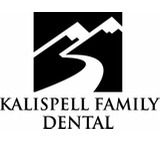Technology
At Kalispell Family Dental we use the latest state-of-the-art technology in dentistry to bring you the highest quality care possible. Our team is expertly trained and experienced so that you can trust that your smile will be well taken care of. You can learn all about the technology we use below. If you have any questions please do not hesitate to reach out to us!
Cone Beam Computed Tomography
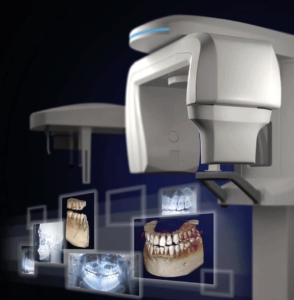 Also knows as CBCT, Cone Beam Computed Technology is a medical imaging technique consisting of X-Ray computed tomography where the X-rays are divergent, forming a cone.
Also knows as CBCT, Cone Beam Computed Technology is a medical imaging technique consisting of X-Ray computed tomography where the X-rays are divergent, forming a cone.
CBCT has become increasingly important in treatment planning and diagnosis in implant dentistry, ENT, orthopedics, and interventional radiology (IR), among other things. Perhaps because of the increased access to such technology, CBCT scanners are now finding many uses in dentistry, such as in the fields of oral surgery, endodontics, and orthodontics. Integrated CBCT is also an important tool for patient positioning and verification in image-guided radiation therapy (IGRT).
1. Technical Description of CBCT from the University of Manchester. Citing: Scarfe WC, Farman AG, Sukovic P (February 2006). “Clinical applications of cone-beam computed tomography in dental practice”. Journal of the Canadian Dental Association. 72 (1): 75–80. PMID 16480609.
2. Hatcher DC (October 2010). “Operational principles for cone-beam computed tomography”. Journal of the American Dental Association. 141 (Suppl 3): 3S–6S. PMID 20884933.
3. Orth RC, Wallace MJ, Kuo MD (June 2008). “C-arm cone-beam CT: general principles and technical considerations for use in interventional radiology”. Journal of Vascular and Interventional Radiology. 19 (6): 814–20. doi:10.1016/j.jvir.2008.02.002. PMID 18503894.
Handheld X-Rays
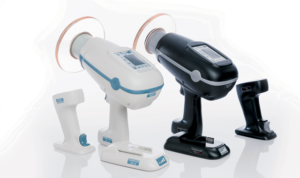 An important benefit that may not be immediately noticeable is the greater safety offered to patients by the handheld x-ray machine.
An important benefit that may not be immediately noticeable is the greater safety offered to patients by the handheld x-ray machine.
A number of factors make the Handheld X-Ray superior in safety to the traditional x-ray machines. First, the inbuilt shield prevents radiation from being scattered to the exposed parts of the body while dental x-rays are being taken. Secondly, the compact nature of the equipment means that it uses less power than the bulky traditional radiology machines.
Intraoral Scanner
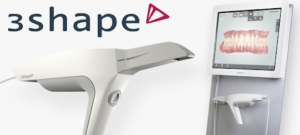 Intraoral scan devices are capable of scanning the intraoral soft and hard tissue anatomy to visualize topographic relationships. Captured surfaces are displayed three-dimensionally and can be enlarged to view and analyze details.
Intraoral scan devices are capable of scanning the intraoral soft and hard tissue anatomy to visualize topographic relationships. Captured surfaces are displayed three-dimensionally and can be enlarged to view and analyze details.
The early management of soft tissue changes such as gingival recession caused by periodontal disease is an example where early diagnosis of inflammatory tissues changes may prevent irreversible periodontal breakdown and even tooth loss.
Ultrasonic Scaler
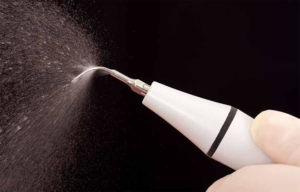 There are different types of ultrasonic scalers, but all of them work in a similar fashion:
There are different types of ultrasonic scalers, but all of them work in a similar fashion:
Electromagnetic forces in the unit’s hand-held “wand” cause its tiny tip to vibrate rapidly. These vibrations, which occur at a rate faster than the speed of sound, effectively blast away plaque, calculus, and stains from the tooth surfaces.
A small stream of water and/or antibacterial mouthwash, which emerges near the tip of the scaler, is called lavage. Lavage is used to cool the ultrasonic scaler’s tip and flush away debris from the area being treated. The vibrating tip causes some of the water to break into millions of tiny bubbles, an effect called cavitation. This ruptures the walls of bacterial cells and helps create an environment that’s less hospitable to harmful bacteria.
Is It Better?
Studies show that a thorough ultrasonic cleaning takes about one-third less time as compared to hand scaling — which means you need less time in the chair. Many patients prefer ultrasonics to other types of scaling, possibly because it requires the clinician to use less force than a hand scaler to get the same effect. In ultrasonic scaling, only the tip of the tool touches the tooth surface, and only for a short time.
It’s also possible to remove deposits of plaque and tartar from under the gum line by using an extremely small tip on an ultrasonic unit, which can cause less discomfort and result in a deeper and better cleaning. Sometimes an ultrasonic scaler is used first, and then any stubborn areas are scaled by hand.
Copyright © 2024 Kalispell Family Dental | 720 2nd St E Kalispell, MT 59901 | (406) 755-4766
